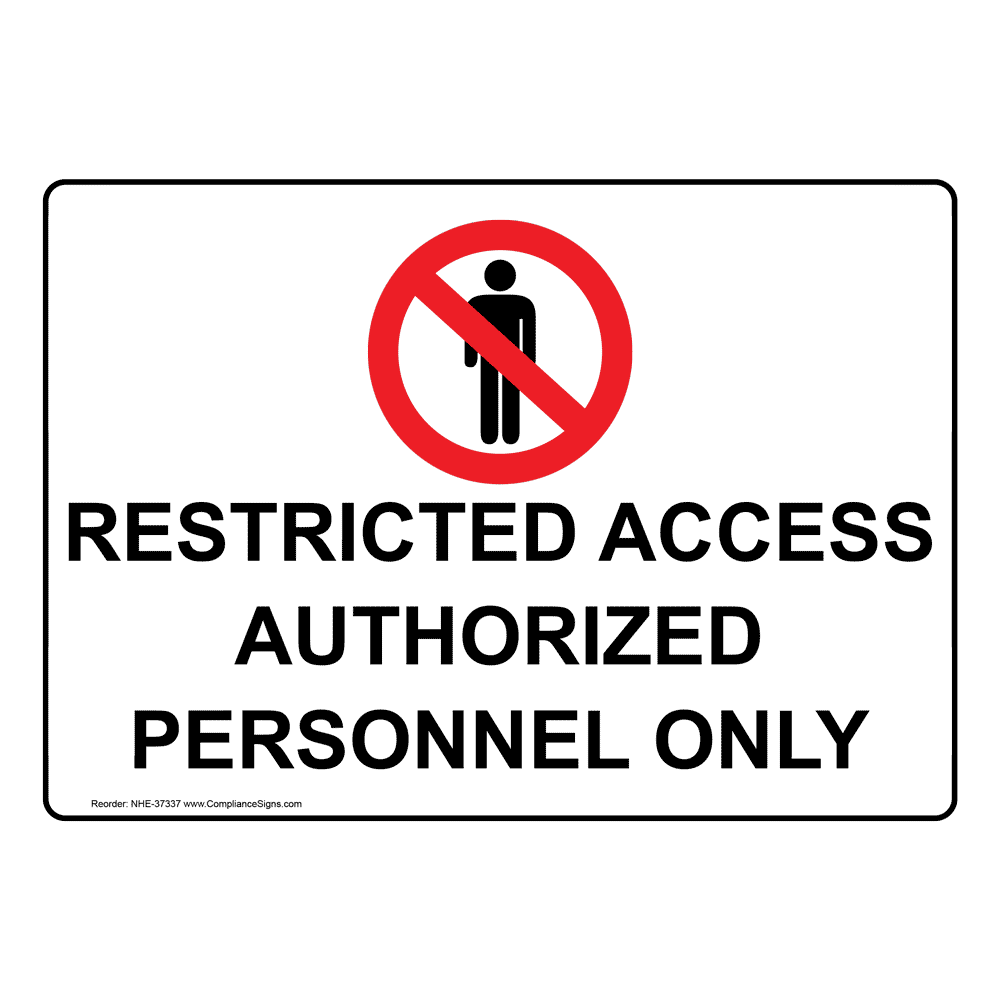Sub Station Presentation
| Substation Overview | ||
|---|---|---|
| A substation is a part of an electrical generation, transmission, and distribution system. It is used to transform voltage levels, switch transmission and distribution circuits, and control the flow of electricity. Substations are essential for distributing electricity to homes, businesses, and industries. | ||
| 1 | ||
| Types of Substations | ||
|---|---|---|
| Distribution Substation: These substations receive power from transmission lines and distribute it to residential and commercial areas. Transmission Substation: These substations receive high voltage power from power plants and transform it into lower voltage levels for distribution. Step-Up Substation: These substations increase the voltage level of generated electricity for transmission over long distances. | ||
| 2 | ||
| Components of a Substation | ||
|---|---|---|
| Transformers: These devices change the voltage level of electricity. Circuit Breakers: These devices protect the electrical system by interrupting the flow of current in case of faults. Busbars: These conductors distribute electricity within the substation. | ||
| 3 | ||
| Importance of Substations | ||
|---|---|---|
| Voltage Regulation: Substations help regulate voltage levels to ensure efficient and reliable power supply. Power Distribution: Substations distribute electricity to different areas, ensuring a reliable power supply to homes, businesses, and industries. System Protection: Substations have protective devices to prevent damage to the electrical system during faults or overloads. | ||
| 4 | ||
| Substation Safety Measures | ||
|---|---|---|
| Restricted Access: Substations are secured with fences and restricted access to authorized personnel only. Safety Signage: Clear signage indicating high voltage areas and safety precautions are posted throughout the substation. Personal Protective Equipment: Workers in substations are required to wear appropriate PPE such as gloves, helmets, and safety glasses. | ||
| 5 | ||
| Challenges and Future of Substations | ||
|---|---|---|
| Aging Infrastructure: Many existing substations are old and require upgrades or replacement to meet growing energy demands. Renewable Energy Integration: Substations need to be adapted to handle the integration of renewable energy sources into the grid. Smart Grid Technologies: Substations are evolving to incorporate advanced technologies for better monitoring, control, and optimization of the power system. | ||
| 6 | ||
| Environmental Impact | ||
|---|---|---|
| Noise Pollution: Substations can generate noise due to the operation of transformers and cooling systems. Electromagnetic Fields (EMF): Substations emit EMF, which may have potential health effects, although within regulated limits. Wildlife Protection: Substations need to be designed and located in a way that minimizes the impact on wildlife habitats. | ||
| 7 | ||
| Case Study - Largest Substation | ||
|---|---|---|
| The Xiangjiaba Substation in China is currently the world's largest substation. It has a transmission capacity of 6,400 MW. The substation plays a vital role in transmitting hydropower from the Xiangjiaba Dam to the load centers in eastern China. | ||
| 8 | ||
| Interesting Facts | ||
|---|---|---|
| The first substation was built in 1881 by Thomas Edison in New York City. Substations can be indoor or outdoor, depending on their design and location. Substations are typically unmanned and remotely monitored, improving safety and efficiency. | ||
| 9 | ||
| Conclusion | ||
|---|---|---|
| Substations are critical components of the electrical power system, ensuring the reliable distribution of electricity to end-users. With advancements in technology and the integration of renewable energy, substations are evolving to meet the future energy demands. Safety, environmental impact, and regular maintenance are crucial aspects of substation operation to ensure a sustainable and efficient power supply. | ||
| 10 | ||









